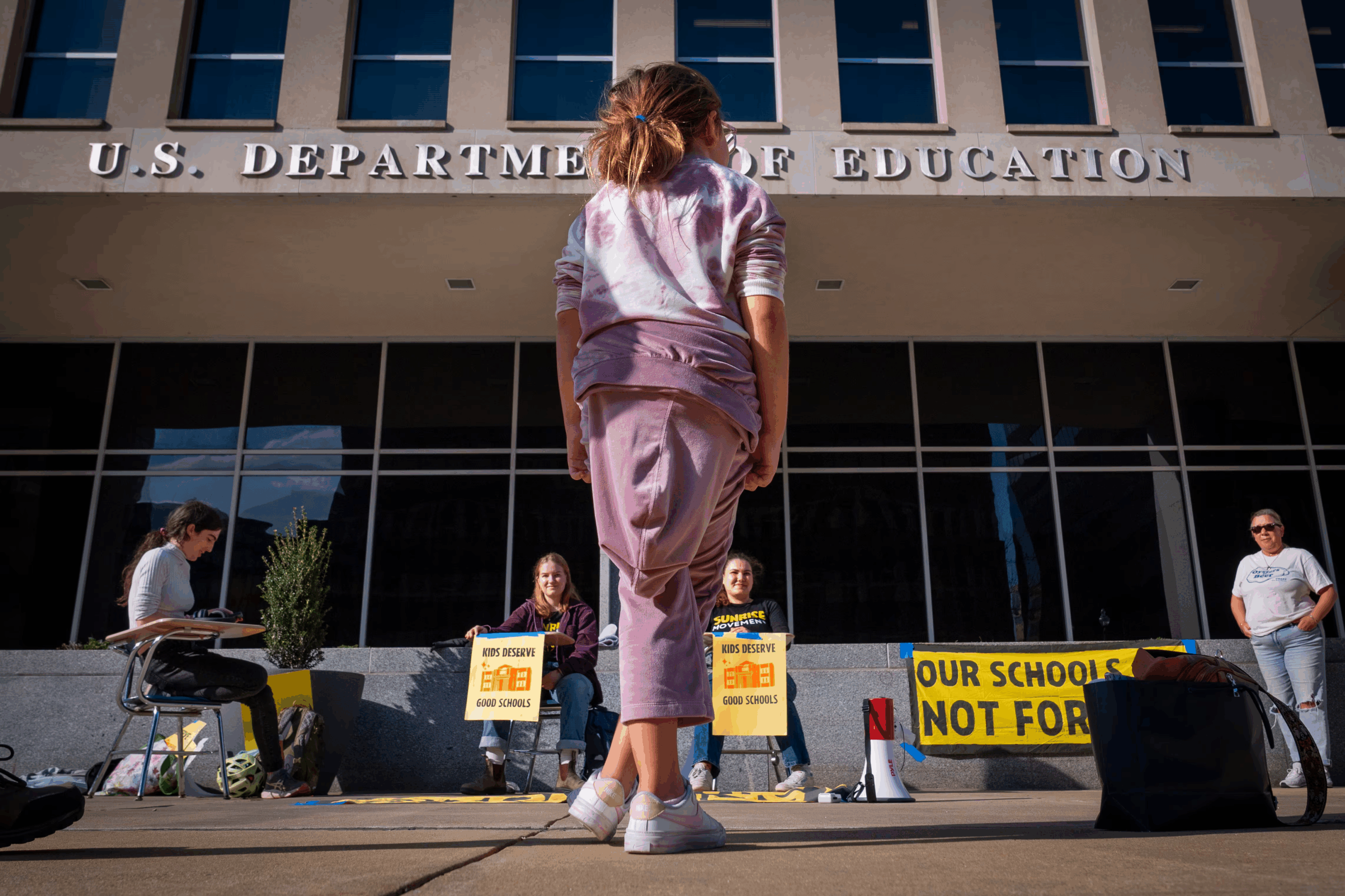Court halts mass layoffs and transfer of key programs in sweeping rebuke
BOSTON — A federal judge in Boston has blocked former President Donald Trump’s plan to dismantle the U.S. Department of Education. The decision came Thursday in response to a lawsuit by Democratic-led states, school districts, and teachers’ unions.
Judge Myong Joun ruled that the mass layoffs and program transfers were an unlawful attempt to gut the department. The administration had planned to fire over 1,300 employees—cutting the agency’s workforce by half.

“The true intention is to effectively dismantle the department,” Joun wrote.
Judge Rebukes Layoff Strategy
Trump’s March 21 executive order sought to close the department. He framed it as a way to return control of education to states and local boards. Education Secretary Linda McMahon began the layoffs on March 11, calling it a “reduction in force.”
The administration claimed the move was legal. Government lawyers said it would cut red tape while maintaining the agency’s core duties.
Judge Joun disagreed.
“The massive reduction in staff has made it effectively impossible for the department to carry out its functions,” he said.
He ordered the reinstatement of all fired employees. He also blocked the transfer of student loan and special needs programs to other agencies.
Appeal Filed Immediately
The White House responded with sharp criticism. It filed an immediate appeal.
Education Department spokesperson Madi Biedermann said the decision came from “an unelected judge with a political axe to grind.”
White House spokesperson Harrison Fields added, “A leftist judge’s ruling cannot change the president’s legal authority.”
But plaintiffs celebrated the ruling. Skye Perryman of Democracy Forward, who represented the teachers’ unions and school districts, called it a major victory.
“Disastrous mass firings are blocked while this wildly unlawful action is litigated,” she said.

A Department Under Siege
The U.S. Department of Education, created by Congress in 1979, manages $1.6 trillion in federal student loans. It also enforces civil rights laws in schools and distributes funding to under-resourced districts.
In the early days of Trump’s second term, McMahon told Fox News the president’s directive was clear.
“Shut down the Department of Education,” she said.
Although only Congress can officially close a department, McMahon viewed the layoffs as a first step.
The cuts would have reduced staff from 4,133 to 2,183. Some 600 employees had already accepted buyouts.
Legal and Political Ramifications
Twenty Democratic attorneys general joined the lawsuit, along with multiple school districts and teachers’ unions. They argued the cuts crippled the department’s ability to manage school funding, civil rights enforcement, and college aid.
The judge agreed. His injunction halts any further dismantling until the full case is heard.
Legal analysts say the ruling sets a precedent. While presidents can reorganize agencies, courts may step in when changes undermine Congressional mandates.
What’s Next?
The administration’s appeal now moves to the U.S. Court of Appeals. It’s unclear how long the legal process will take. For now, the Department of Education must operate as before the layoffs.
Observers see the battle as a clash over the future of federal involvement in schools.
Supporters of the judge’s ruling say federal oversight protects vulnerable students and ensures equal access. Opponents argue for local control and a leaner government.
The outcome of the appeal could shape national education policy for years to come.
Our Visitor






 Users Today : 20
Users Today : 20

